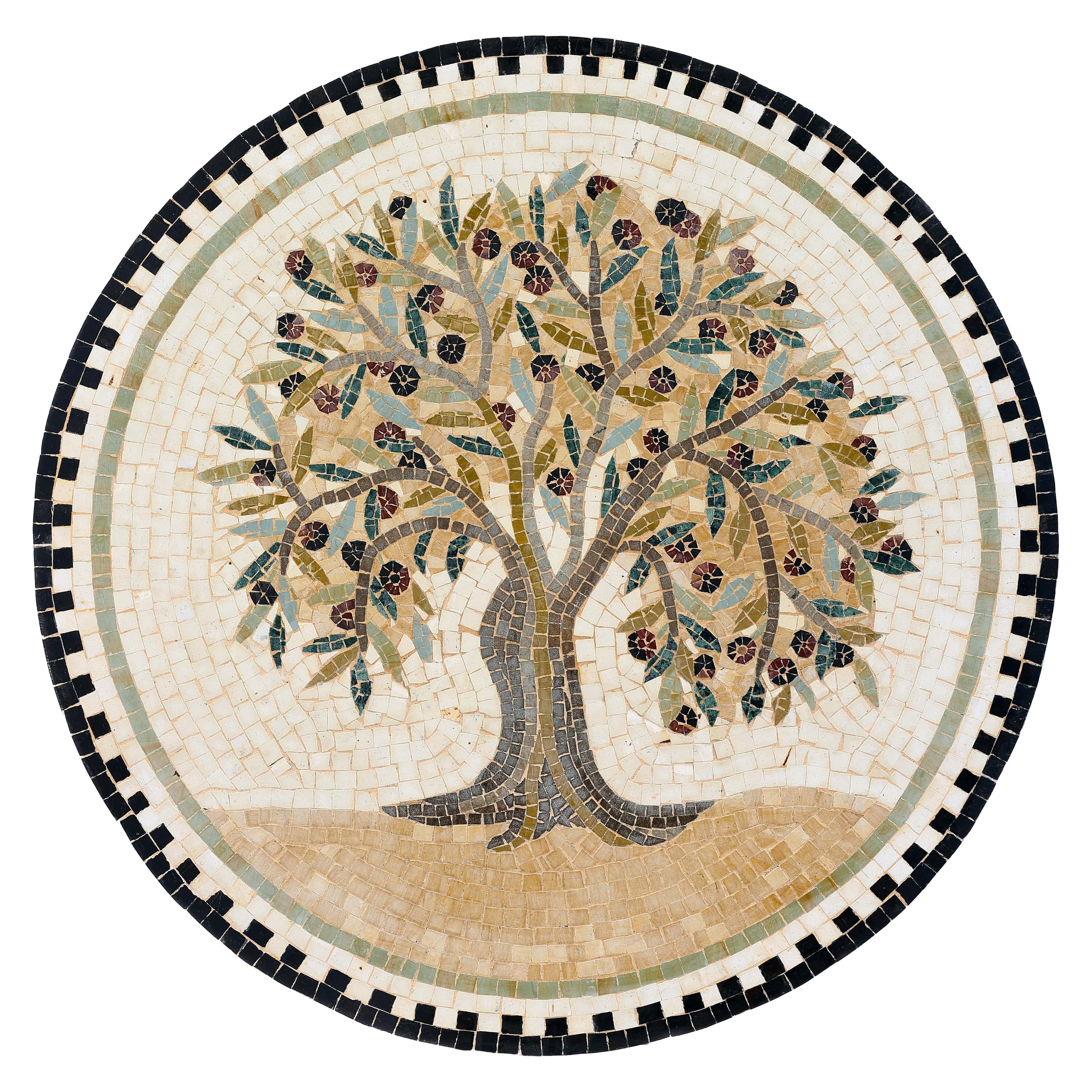Gastronomic traditions in the Byzantine house
The variety of Byzantine diet depended on the agricultural and livestock production of each region, the climatic conditions and the financial situation in every household. The main goal was self-sufficiency, so every family made sure to have its own garden to cultivate basic vegetables and bread their own animals.
The main foods were bread, oil, olives and cheese. The basis of the food pyramid was bread. The wealthy enjoyed what was regarded as clean or pure bread (katharos artos), whilst the poor had to be content with bread made out of bran, known as “piteraton”. Meat was not a common food for the Byzantines. Not only because it was rather rare and expensive, but also because the fasting dictated the Christian religion, for half day time. Only at festive events or at the tables of the rich once could find lambs, goats, poultry and hunting. Vegetables and legumes were cheaper and the most common food of that time. Since Church had regular fasting periods, these foods were consumed by a large portion of the population for long periods. The most commonly consumed vegetables were cabbages, leeks, onions, beets, lettuce, radishes, carrots, peas, and from legumes, beans, lentils, chickpeas and beans.
Cheese was a popular dairy product, as was oxygalon, a beverage which was produced after lactic fermentation. When it comes to fish and seafood in the Byzantine Era, they used to eat boiled fish, grilled fish and fried fish. In areas far from the sea more salted fish was consumed, while caviar was a luxury that only the very rich could enjoy. The basic element in a desert was fruit (apples, pears, dried and fresh figs, cherries, grapes, melons etc.) and nuts (walnuts, almonds, hazelnuts). Cakes also took a prominent position on the Byzantine desert table. As a sweetener, honey was often used. Pastries were also served for dessert.
In order to cook the Byzantines used iron tripods, a kind of trivet, which were raised above the fire and where they placed their cookware. The cookware and were made of clay or metal. They had a wide variety of uses for daily meals: kettles or rucksacks, boilers, pans, pitchers and flasks. In addition to salt and domestic spices, various oriental spices, such as pepper and cinnamon, were used in cooking. Sinapis the mustard of that time, was also used to accompany the sausages of the time, the salsikia. The most popular was a Byzantine sauce called “garos” which was produced from fish offal, gills, fish blood, salt, pepper and old wine.
